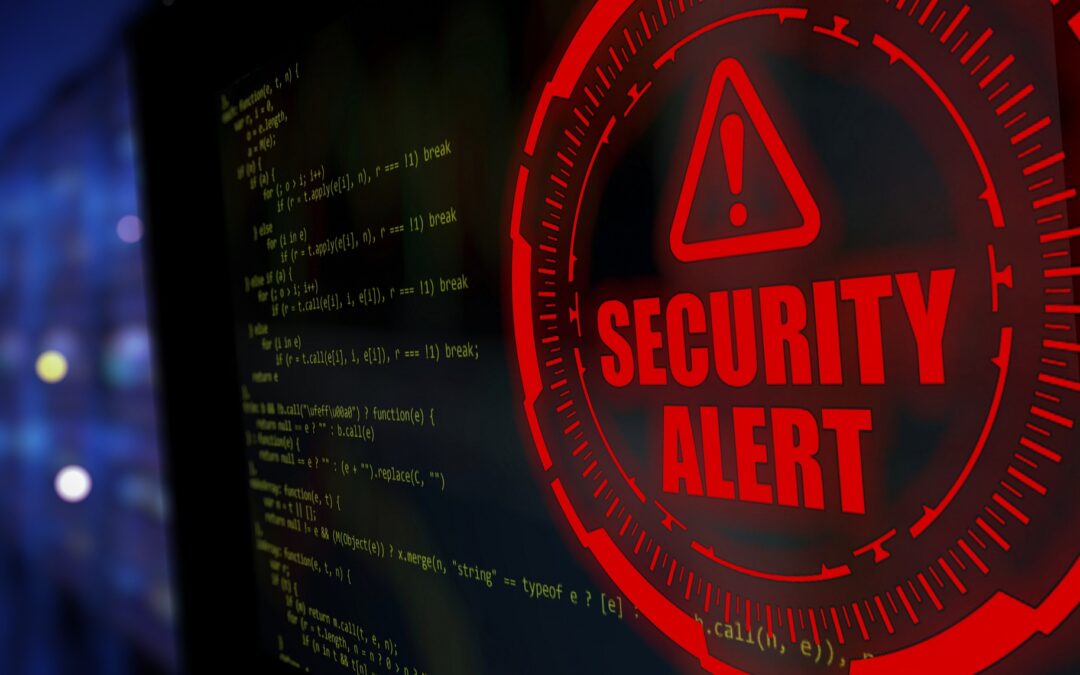In today’s digital age, cybersecurity is more important than ever, especially for small business owners. Cyber threats are constantly evolving, and it’s crucial to stay ahead of the curve to protect your business and customer data. Here are the top 10 cybersecurity tips every small business owner should implement:
1. Using Strong Passwords
Passwords are the first line of defense against unauthorized access. Ensure your passwords are strong by:
- Using a mix of uppercase and lowercase letters, numbers, and special characters.
- Avoiding easily guessable passwords like “password123” or “admin.”
- Changing passwords regularly and not reusing them across different accounts.
- Using a password manager to generate and store complex passwords securely.
2. Implementing Two-Factor Authentication (2FA)
Two-factor authentication adds an extra layer of security by requiring a second form of verification in addition to your password. This could be a code sent to your phone, a fingerprint scan, or a hardware token. Implementing 2FA can significantly reduce the risk of unauthorized access.
3. Regular Software Updates
Keeping your software up to date is crucial for protecting against vulnerabilities. Software updates often include patches for security flaws that could be exploited by hackers. Set your systems to update automatically, and regularly check for updates for all software, including operating systems, applications, and plugins.
4. Employee Training on Phishing Scams
Phishing scams are one of the most common ways hackers gain access to sensitive information. Educate your employees about the dangers of phishing and how to recognize suspicious emails and links. Regular training sessions and simulated phishing attacks can help keep your team vigilant.
5. Using Secure Wi-Fi Networks
Ensure your business’s Wi-Fi network is secure by:
- Using strong, unique passwords for your Wi-Fi network.
- Enabling WPA3 encryption.
- Setting up a separate guest network for visitors.
- Regularly updating your router’s firmware.
6. Regular Data Backups
Regularly backing up your data ensures that you can recover important information in case of a cyber attack or hardware failure. Use automated backup solutions and store backups in multiple locations, including offsite or cloud storage. Test your backups periodically to ensure they can be restored successfully.
7. Installing Antivirus and Anti-Malware Software
Antivirus and anti-malware software can detect and remove malicious software before it causes harm. Ensure all devices used in your business have up-to-date antivirus software installed and perform regular scans. Consider using advanced threat detection solutions for added protection.
8. Setting Up Firewalls
Firewalls act as a barrier between your internal network and external threats. They can block unauthorized access and filter out malicious traffic. Ensure your firewall is properly configured and regularly updated. Consider using both hardware and software firewalls for comprehensive protection.
9. Encrypting Sensitive Data
Encryption converts data into a code to prevent unauthorized access. Encrypt sensitive data both in transit and at rest. Use strong encryption protocols and ensure that encryption keys are stored securely. This adds an extra layer of protection for your most valuable information.
10. Creating an Incident Response Plan
An incident response plan outlines the steps to take in the event of a cybersecurity breach. This plan should include:
- Identifying and containing the breach.
- Notifying affected parties and regulatory bodies.
- Investigating the cause and impact of the breach.
- Restoring systems and data.
- Reviewing and updating security measures to prevent future incidents.
Regularly review and update your incident response plan to ensure it remains effective.
By implementing these cybersecurity tips, you can significantly reduce the risk of cyber threats and protect your small business. Stay vigilant and proactive to keep your business and customer data safe.











